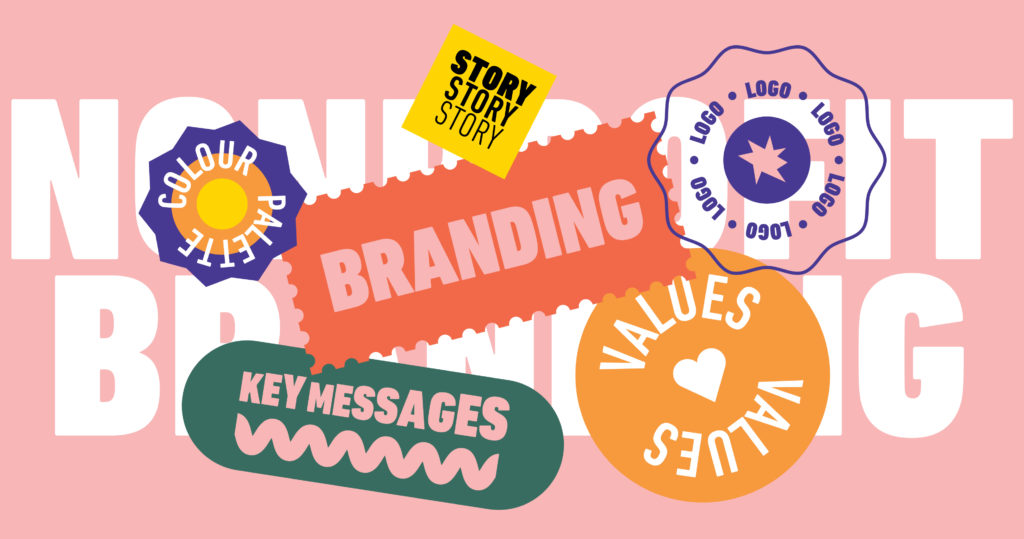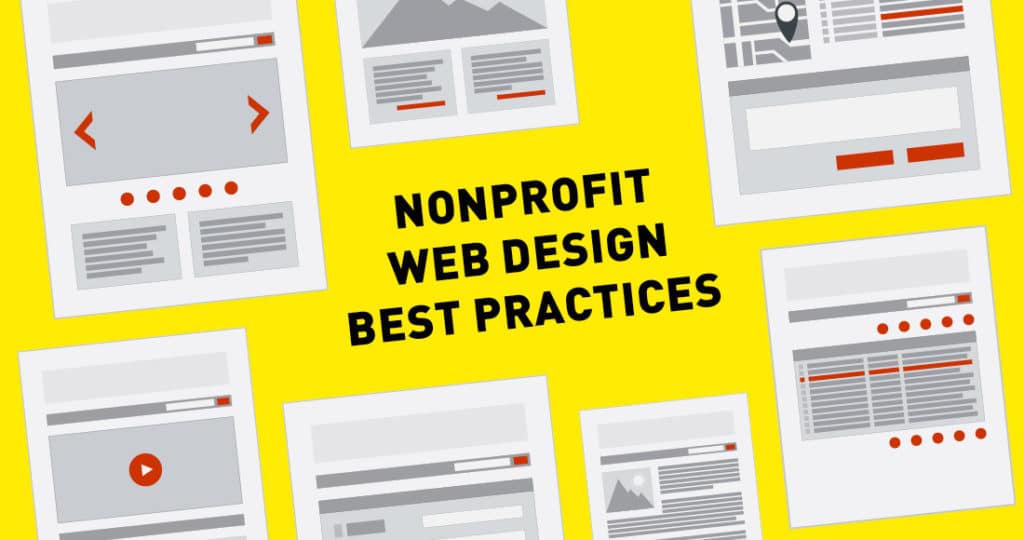
See how our nonprofit website design inspiration translates into better websites.

See how our nonprofit website design inspiration translates into better websites.

Take a look at some of the best nonprofit websites of 2023.

This is where your nonprofit’s branding comes into play. Each aspect of your brand, from your colour palette and typography to imagery and messaging, serves to differentiate your organization from others and convey its values to your audience. Because your logo serves as the focal point of your brand, it’s essential to craft it with care to ensure it authentically embodies your nonprofit’s identity. Read More

Discover why representation matters in design.

Learn more about nonprofit branding with our complete guide and best examples.

Use industry best practices to increase your visitors’ engagement, growing their involvement with your organization.

From a dynamic annual report to a suite of adaptable brand resources, what does it look like to build a lasting relationship between a client and a design agency?

Welcome to Loop’s second edition of Inspiration Roundup!

Helping an innovative company spread the word about Digital Health Data Navigation.

From a new website to a slew of digital campaigns that push for gender equity, what does it look like to build a Lasting Design Relationship for good?